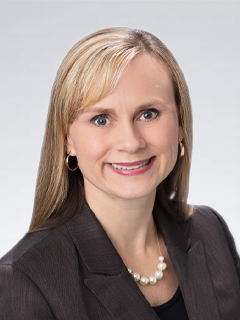Board diversity disclosures
Track board diversity disclosures using the KPMG Board Diversity Disclosure Benchmarking Tool.
Powered by ESGAUGE

Highlights of board diversity disclosure practices for the S&P 500 and Russell 3000 as of December 2023, provided via the KPMG Board Diversity Disclosure Benchmarking Tool.
Board gender diversity disclosure
Racial/Ethnic board diversity disclosure
LGBTQ board diversity disclosure
Disclosure of diversity as a board search criterion
Board seats disclosed as held by diverse directors
KPMG Board Diversity Disclosure Benchmarking Tool
Powered by ESGAUGE, allows corporate and board leaders, investors, and other stakeholders to compare diversity disclosure practices by sector, index, and company size.
No results found.
Sustainability
Resources that can help directors in shaping a company’s sustainability approach—understanding why it matters, what it looks like, and how it connects to long-term performance.

Events and programs overview
Learn more about all the Board Leadership Center events and programs.

Lead Director Initiative
Explore critical boardroom challenges and priorities through the Lead Director / Independent Chair lens.

Audit Committee
As part of the KPMG Board Leadership Center, the Audit Committee Institute (ACI) provides audit committee and board members with practical insights, resources, and peer-exchange opportunities focused on strengthening oversight of financial reporting.

Risk Oversight
Cyber security. Compliance. Geopolitical volatility. Supply chain disruption. Leading boards continue to calibrate 8their oversight of current and emerging risks—from improving information quality to reinforcing the right culture.

Board Governance
From the board’s role in strategy development and capital allocation to board composition and effectiveness.

Director Essential Resources
For both new and experienced board members, the KPMG Board Leadership Center offers director essentials, current insights, and information on events and programs. First-time board members can also leverage our new director onboarding resources.

Diverse boards are more effective, and disclosure drives action. As stakeholder calls continue to grow for disclosure of board diversity as well as policies and practices, this tool will help measure progress and highlight gaps.
Susan Angele
Senior Advisor, KPMG Board Leadership Center
Meet our team

Receive the latest insights from the Board Leadership Center
Sign up to receive Board Leadership Weekly and Directors Quarterly
